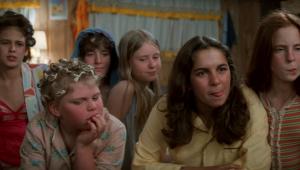Mark...
You did not read the frequency allocation table very clearly. Starting with the second row, each subsequent row displays ten times the bandwidth of the previous row. In other words, it follows a logarithmic scale (as do your loudspeaker frequency response graphs).
So, while AM radio appears to cover a very wide swath of spectrum, it actually occupies little more than 1 MHz total bandwidth. In comparison, VHF/UHF TV requires 6 MHz bandwidth per channel for nearly 300 MHz total bandwidth.
Also, AM radio spectrum is not under consideration for conversion to mobile use because frequencies under 2 MHz have wavelengths several hundred feet long -- much too long for mobile use.
AJ































































